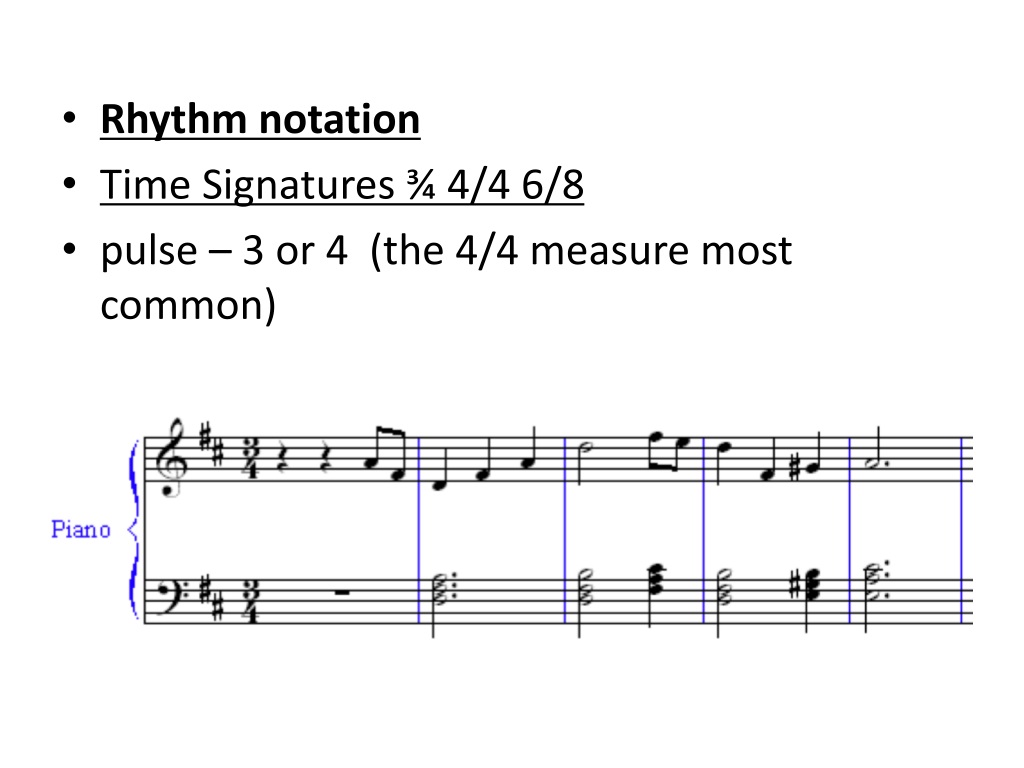

In musical terms, this would be 7/4 or 7/8, depending on how precisely the composer decided to engrave the work. I've learned I hate the taste of cats and dogs." Uncommon Meter is when the number of syllables-per-feet changes over the course of the line: " Will you be my running mate? It would help me concentrate." In poetic terms, this would be two trochees followed by a dactyl. Poetry typically has "meter," described as the pattern of stressed and unstressed syllables in the verse's "feet" - for instance, the "iambic" in Gratuitous Iambic Pentameter is a "foot" of one unstressed syllable followed by one stressed syllables: "I want to be the one who licks those frogs. Still confused? Let's relate it to Poetry Forms.

It can be done throughout the length of an entire song, or used as an effect in an otherwise common-time song. This can be done by choosing an oddball time signature such as 5/4 or 7/8 (most common of the irregular meters) and/or by switching time signatures rapidly. Music in Uncommon Time, however, does away with regular meters, and instead opts for totally unconventional rhythms that are often based on higher prime numbers, or at least that are not divisible by two or three. note within a note 9/8 is by far most commonly seen in its compound triple form, where three beats of dotted crotchets divide into three quavers each. Note that 9/8, depending on how it is divided, can be either an example of this trope or compound time. 4/4 is referred to as 'simple quadruple time' (4/2 would also be this), 2/4 is 'simple duple' (along with 2/2, 2/1, 2/8, you get the idea) 6/8 is 'compound duple' (equivalent to 2/4 in simple), 9/8 'compound triple' (equivalent to 3/4) and 12/8 compound quadruple (equivalent to 4/4). Simple has each beat divide into two, compound has each beat divide into three. Regular time signatures are divided into the categories of 'simple' and 'compound' time. 3/4, sometimes called "three-quarter time" and the canonical meter for waltzes, is also fairly intuitive - if you've ever been taught to waltz by counting "step, two, three, step, two, three" then you know how it works. There's also 2/4 and 2/2 ("cut time"), which aren't much different - all the bars still divide evenly into two, which makes these useful meters for marches two beats per measure equals one measure per pair of steps.


In music, the most encountered time signature is 4/4, boring old Common Time. Frank Zappa on "Toads of the Short Forest" – Weasels Ripped My Flesh.


 0 kommentar(er)
0 kommentar(er)
